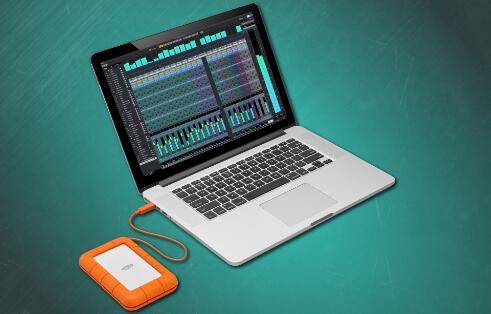1. Introduction
External hard drives often have multiple partitions to manage data effectively. However, there may be times when you want to undo or remove a partition to reclaim space or reorganize your files.
2. Understanding Partitions
What is a Partition?
A partition is a logical division of a hard drive that allows for separate file systems to exist on the same physical disk. Each partition can be formatted independently and can serve various purposes, such as storing different operating systems or organizing files by type.

Reasons for Undoing a Partition
Reclaiming Space: You may wish to merge a partition back into a larger volume.
Organizational Changes: Simplifying your storage structure.
Drive Repurposing: Changing how you intend to use the drive.
3. Backing Up Your Data
Importance of Backup
Before making any changes to your drive’s partitions, backing up your data is crucial. Altering partitions can lead to data loss if something goes wrong.
Backup Methods
Manual Backup: Copy files to another hard drive or cloud storage.
Backup Software: Use programs like Acronis True Image or Mac Time Machine to create a full backup of your drive.
4. Tools Needed
Windows Disk Management
Windows has a built-in tool called Disk Management, which allows you to manage disks and partitions.
macOS Disk Utility
Mac users can utilize Disk Utility for partition management.
Third-Party Partition Software
Tools like EaseUS Partition Master and MiniTool Partition Wizard provide additional functionality for managing partitions.
5. Undoing a Partition on Windows
Step-by-Step Guide
Connect the External Hard Drive: Ensure the drive is connected to your computer.
Open Disk Management:
Right-click the Start button and select “Disk Management.”
Locate the External Hard Drive: Identify your external hard drive in the list.
Right-Click the Partition to Remove: Choose the partition you want to undo and right-click it.
Select “Delete Volume”: This action will remove the partition.
Confirm Deletion: A warning will appear indicating data loss. Confirm the action.
Unallocated Space: The space previously occupied by the partition will now be labeled as “Unallocated.”
Resize or Merge: If you want to extend an adjacent partition into this space, right-click that partition and select “Extend Volume.”
6. Undoing a Partition on macOS
Step-by-Step Guide
Connect the External Hard Drive: Ensure it’s connected to your Mac.
Open Disk Utility:
Go to Applications > Utilities > Disk Utility.
Select the External Hard Drive: Click on your external hard drive in the sidebar.
Click on Partition: Select the “Partition” option.
Choose the Partition to Remove: Click the partition you want to undo.
Click the Minus Sign (-): This removes the selected partition.
Apply Changes: Click “Apply” to confirm.
Reallocate Space: You may want to resize or reformat the remaining space.
7. Post-Undo Steps
Reformatting and Resizing
After removing a partition, you may want to format or resize the remaining space.
In Disk Management: Right-click the unallocated space and choose “New Simple Volume” to create a new partition.
Follow the Wizard: Complete the wizard to format and allocate space as needed.
8. Troubleshooting Common Issues
Partition Not Deleting: Ensure the partition is not in use. Close any open files or programs accessing it.
Drive Not Recognized: Check the connection or try a different USB port.
Data Loss Concerns: Always verify backups before proceeding with partition changes.
Undoing a partition on an external hard drive can be a straightforward process when approached carefully. Always back up your data and choose the right tools for your operating system. Whether using built-in utilities or third-party software, following these steps will help you manage your partitions effectively.
About us and this blog
Panda Assistant is built on the latest data recovery algorithms, ensuring that no file is too damaged, too lost, or too corrupted to be recovered.
Request a free quote
We believe that data recovery shouldn’t be a daunting task. That’s why we’ve designed Panda Assistant to be as easy to use as it is powerful. With a few clicks, you can initiate a scan, preview recoverable files, and restore your data all within a matter of minutes.

 Try lt Free
Try lt Free Recovery success rate of up to
Recovery success rate of up to









